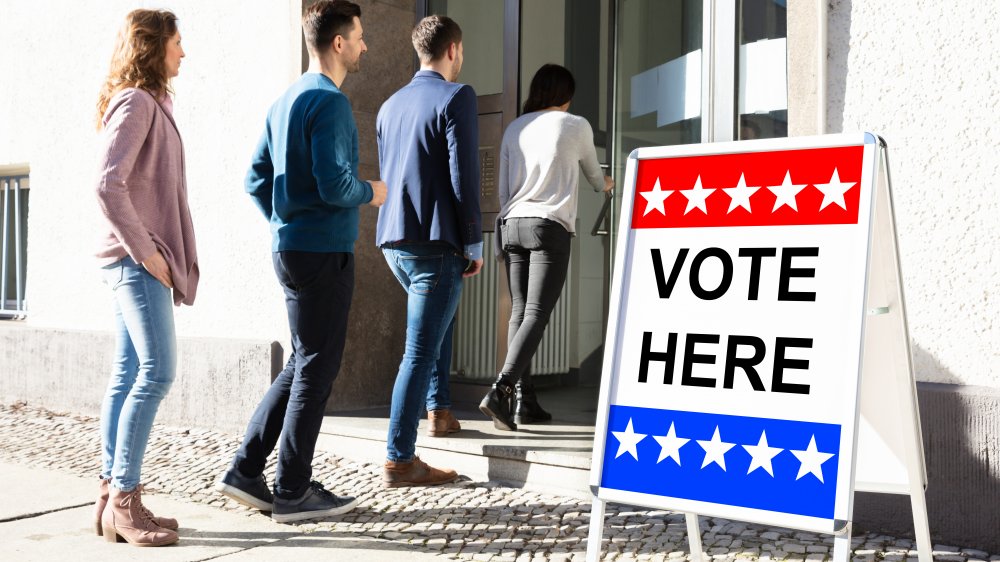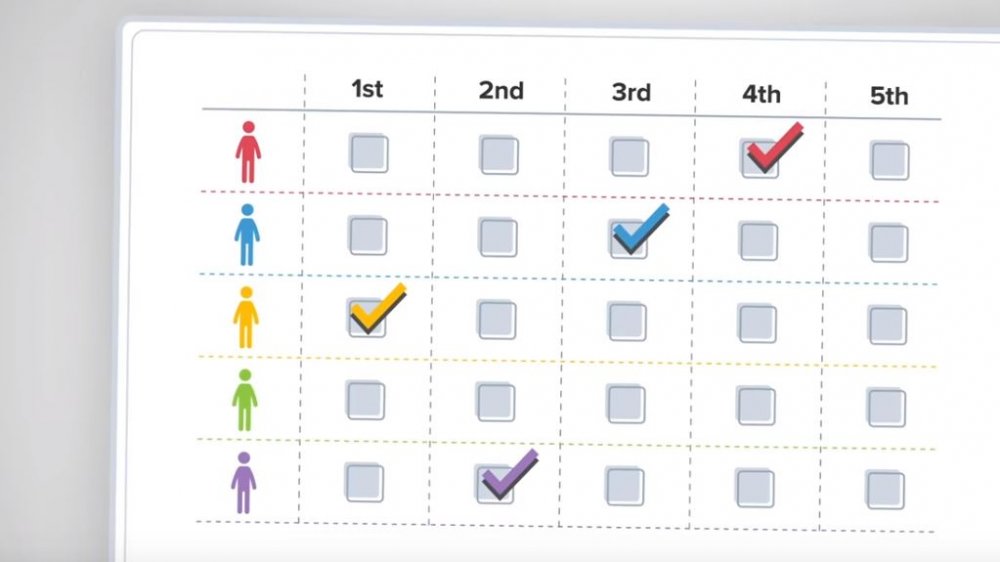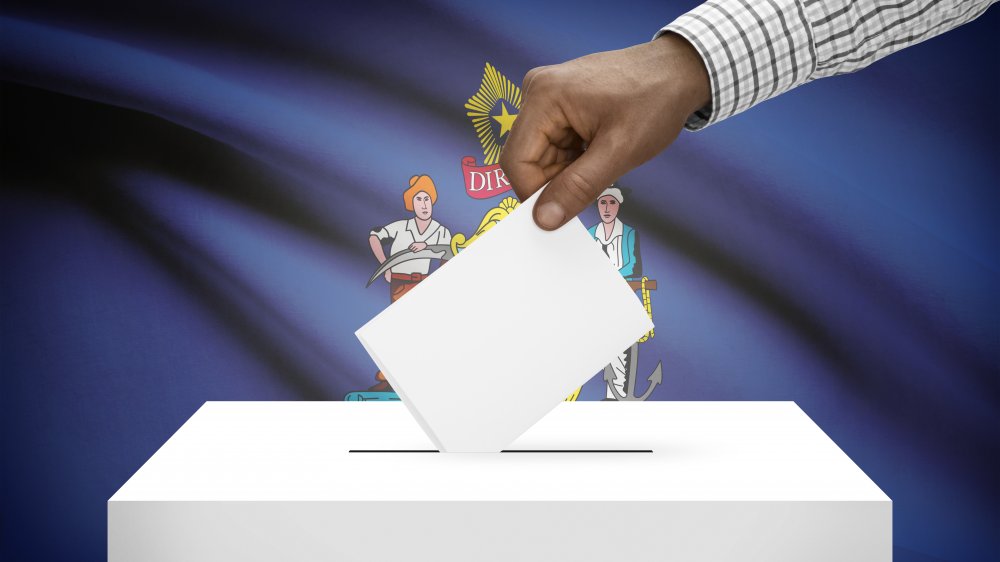The Truth About Ranked-Choice Voting
There's no arguing that the 2020 Iowa caucus was a mess. However, in the hubbub about how undemocratic the caucus process really is, it's worth noting that an alternative voting method has been making huge strides in the past few years, which combines the benefits of caucuses and traditional voting in one bright, shiny package: it's called ranked-choice voting (or instant run-off voting), and it's a system that allows people to easily vote for their top choice in a crowded field, irrespective of that candidate's popularity, while also lending their support to other, presumably more popular candidates at the same time.
Here's how it works.
Ranked-choice voting, explained
Remember back in the 2016 U.S. presidential election between Clinton and Trump, when a shockingly wide swath of voters had negative feelings about both major candidates? Unfortunately, because the U.S. uses a so-called "first-past-the-post" voting system, it means that voting third party, in such a scenario, is throwing your vote away. This results in the two-party monopoly seen today, since elections favor the candidate who wins more votes than anyone else (a plurality), even if they don't win a majority (more than 50%) of votes.
Switching to a ranked-choice voting system could fix that problem. As explained by the New York Times, ranked-choice voting allows you to — as the name implies — rank your candidates. Essentially, if you dislike the two major candidates in the above scenario, you could've put your first place vote to a third party, but then given your second vote to whichever one of the majors you prefer. Here's why that makes a difference: because for a candidate to win, they have to receive a solid majority of the first-choice vote. Now, if none of them do? Then the second-choice votes start getting added to the mix. Boom.
The benefits of this approach are numerous. As studied by Fair Vote, switching to a ranked-choice voting system can increase political civility, and increase voter turnout. Hypothetically, as argued on Politico, a nationwide implementation of ranked-choice voting could even be America's much-demanded pathway out of the extreme polarization of recent years, since it would allow third party candidates to run and collect votes without being spoilers.
The future of ranked-choice voting
Predictably enough, the political establishment is often resistant to ranked-choice voting measures. As Vox recounts, Maine residents voted in 2016 to approve the use of ranked-choice voting for future state elections, partly as a reaction to how then-governor Paul LePage was elected twice without winning the majority of the vote. Not surprisingly, LePage fought bitterly against the implementation of ranked-choice voting, since it directly threatened him.
However, Maine's adoption of ranked-choice voting will extend to the presidential election in 2020, and a steadily growing number of cities across the U.S. now use instant runoff voting as well, including New York City, Santa Fe, and Telluride, Colorado. Meanwhile, ranked-choice voting has successfully worked in countries like Ireland, Australia, and Fiji for decades. So, while it might seem radical in the U.S., it's a proven system with proven results.


